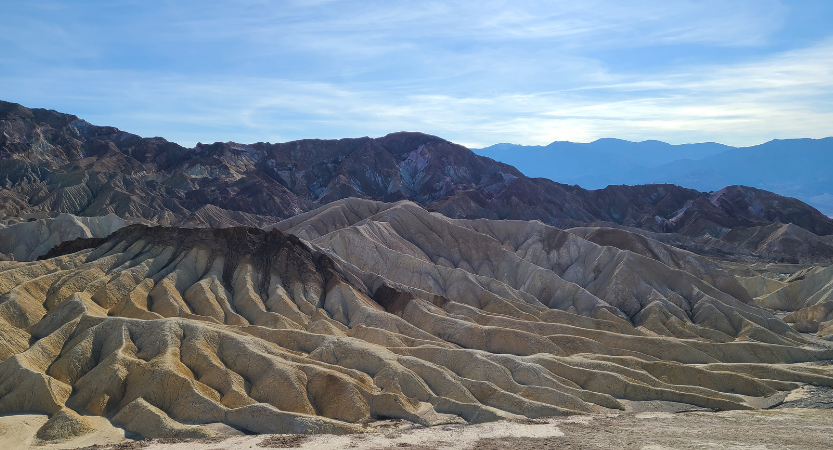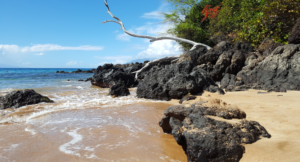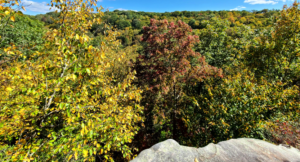getting to death valley
The closest airport to Death Valley National Park is the McCarran International Airport in Las Vegas which is approximately 150 miles away and approximately a 2 hour and 24 minute drive to Furnace Creek Visitor Center. You can also approach from the northern portion passing through town of Beatty and down Route 374 to Daylight Pass Road which is also approximately 150 miles and 2 hours 21 minutes. The second major airport is Los Angeles International Airport (LAX) which is approximately 214 miles away and a 3 hour and 32 minute drive entering from the western side via Hwy 190.
getting around
The best way to visit this national park is in your own private vehicle. You can drive through most of the park on paved roads. There are some off roads where a higher clearance or 4×4 vehicle is recommended.
where to stay
If willing to drive out and back in a day you can make this national park a day trip from Las Vegas or Los Angeles but it is best to get up early to make the most of the day.
If you would like to explore the park more or experience the beauty of the night sky it would be best to spend a night near or in the park.
Within the park, you can stay at one of the NPS campgrounds. Some require advanced reservations which can be made at www.recreation.gov while others are first come-first serve. If you have a RV with hook-up, there are only 18 sites available at the Furnace Creek Campsite. There are also privately owned options to stay at park through Stovepipe Wells RV Park, Panamint Springs Resort and The Ranch at Death Valley.
Nearby cities with accommodation options include Beatty, NV, Pahrump, NV or Lone Pine, CA.
when to visit
As the summer heat can be intense, generally more visitors elect to come during mid-October through mid-May. The most popular time to visit is in the Spring as there is a potential for stunning spring wildflowers especially if there was some winter precipitation. During the winters you can see snow-capped mountains.
fees
Weekly passes are good for 7 consecutive days.
Private vehicle: $30/7 days
Motorcycle: $25/7 days
Person: $15/7 days (bicycle, hikers- without a vehicle)
Death Valley Annual Pass: $55
America the Beautiful Annual Pass: $80 interagency pass good for one year from month purchased- I highly recommend this if visiting more than 3 parks in a year.
top things to do
Death Valley National Park is an outdoor paradise packed stunning views and incredible nature. It is the lowest, driest and hottest national park in the United States. No stop is complete without hitting up the Furnace Creek Visitor Center with informative park rangers who can let you know how to make the most of your visit. Of note this visitor center is centrally located in the park so you will go through some of the park before getting to it so it is better to research prior to know which stops along the way you would like to visit.
Death Valley is packed with some incredible hiking trails from exploring the Badwater Salt Flat to roaming the Mesquite Flat Sand Dunes. There are a number of moderate and difficult hikes you can explore but remember good sun protection and plenty of water.
If driving is your preferred way to see the park, you will not be disappointed. You can drive most of the park on paved roads. You must check out Badwater Basin, Zabriskie Point, Artist Palette, Mesquite Flat Sand Dunes and Dantes View.
Make sure to keep your eyes out for wildlife. You can see bighorn sheep, coyote, Desert Tortoise, lizards, snakes, toads, or even a roadrunner
Death Valley is a great park to see at night for its incredible starry night sky.




